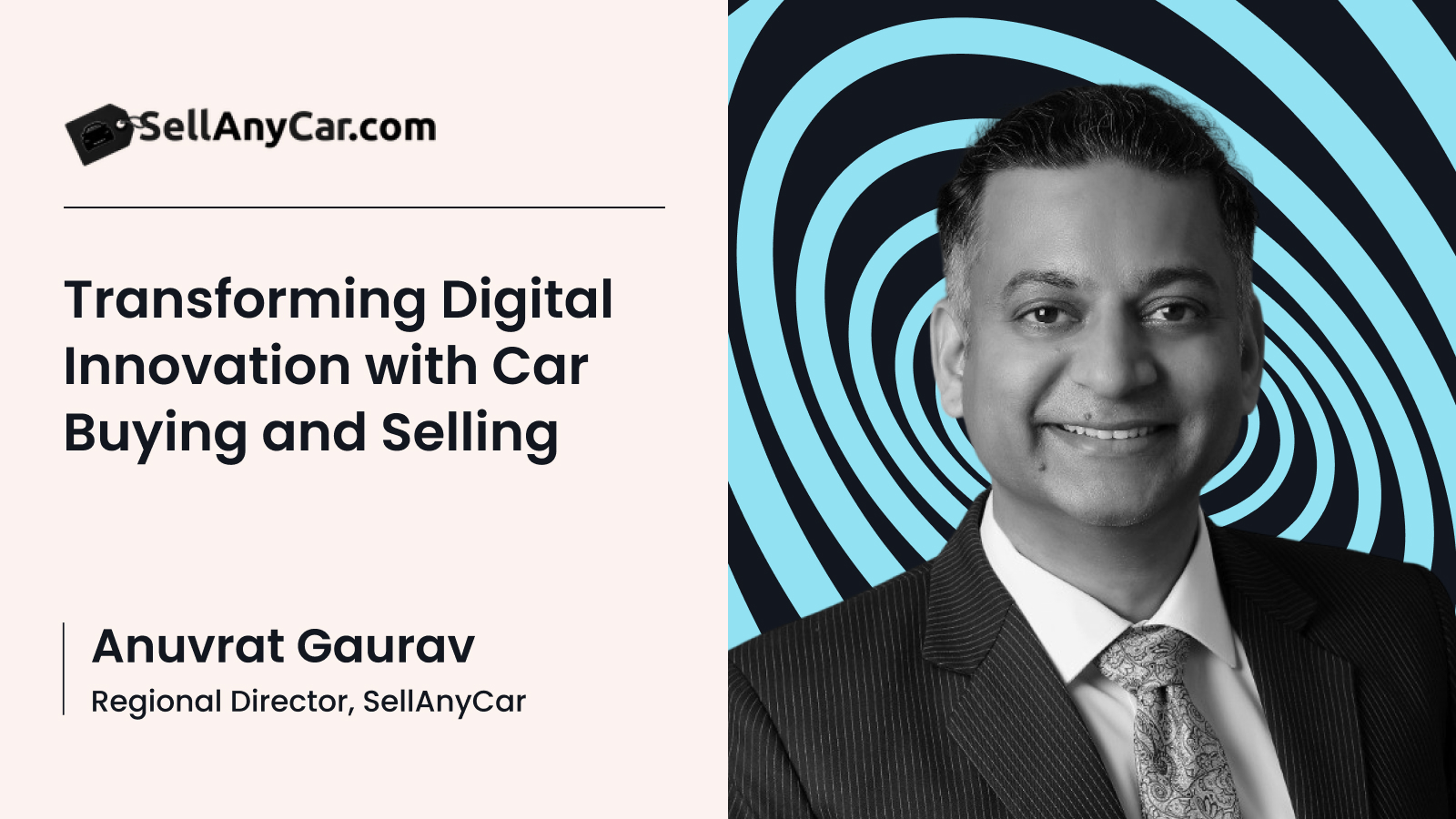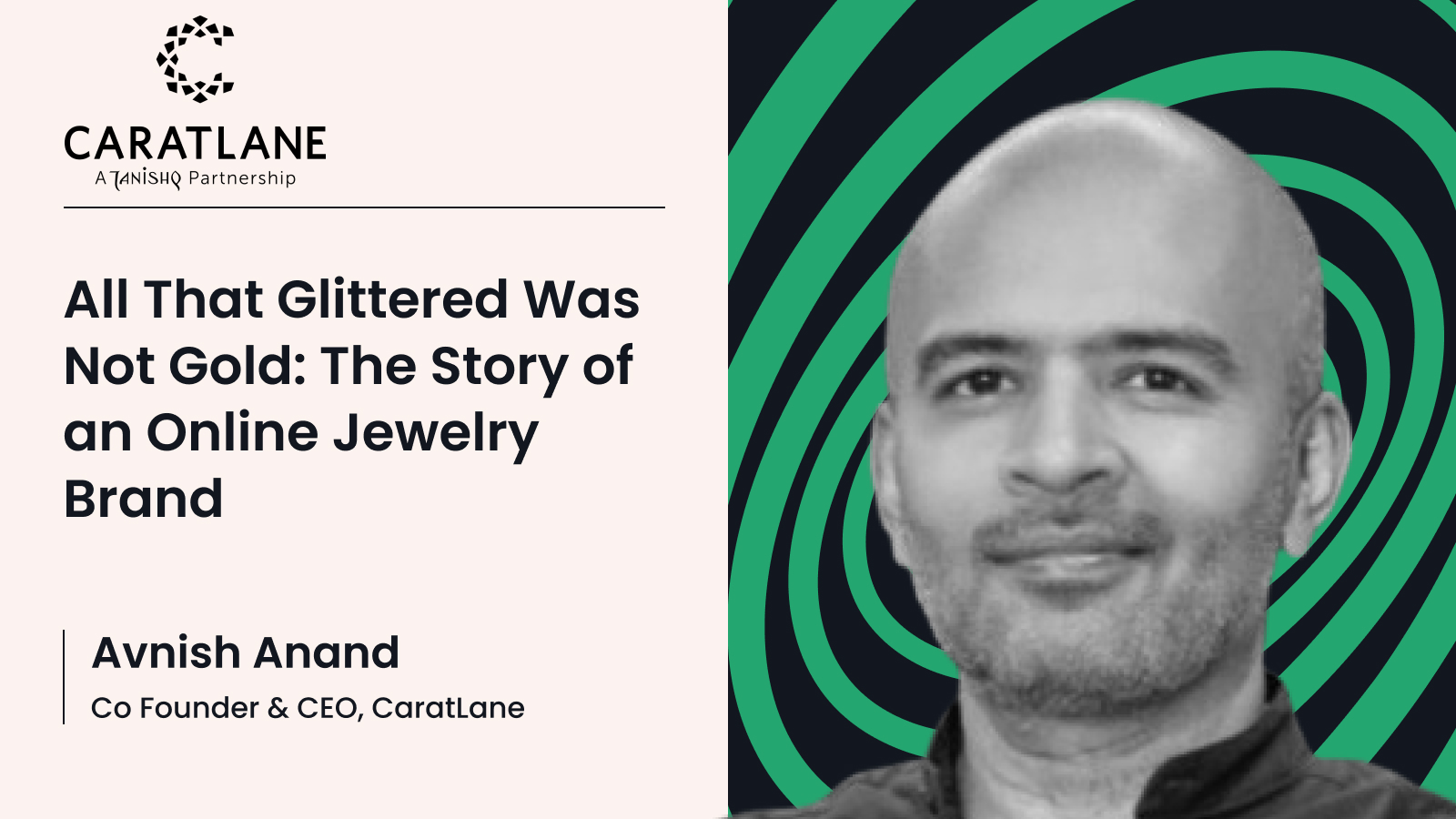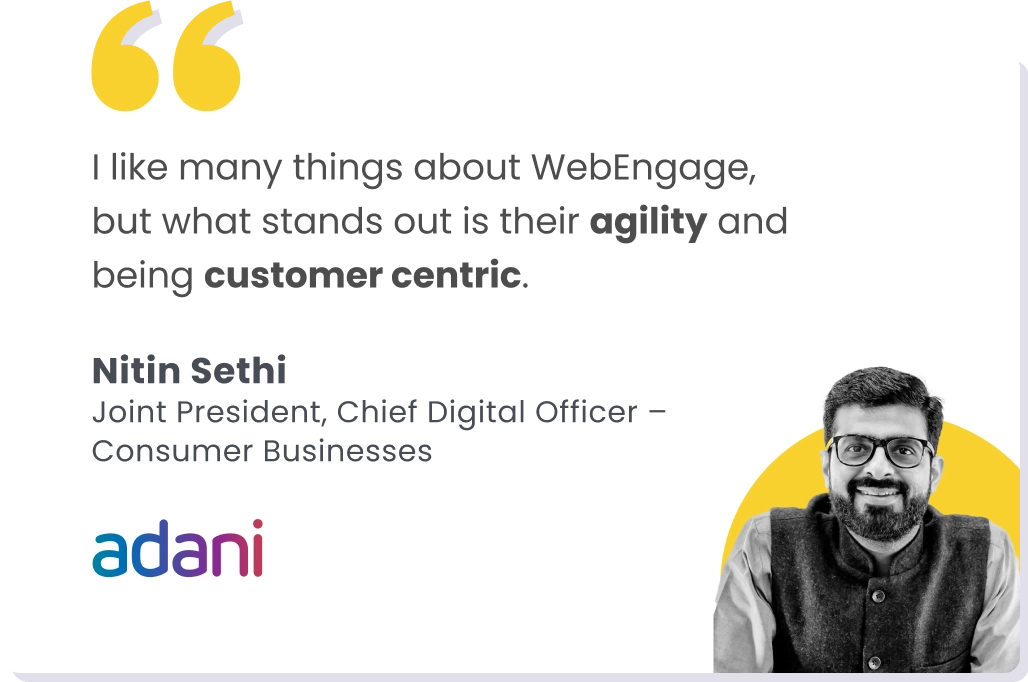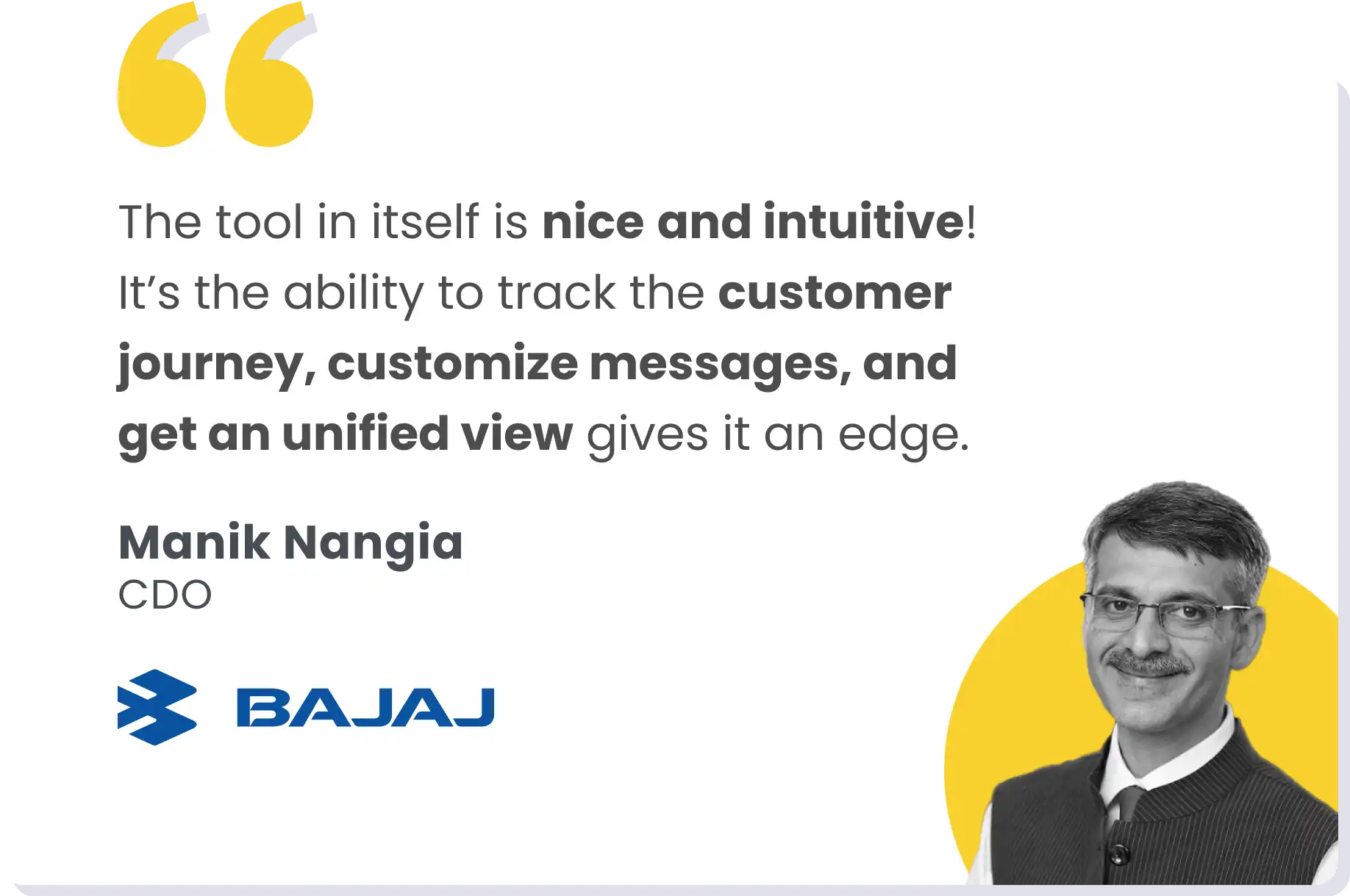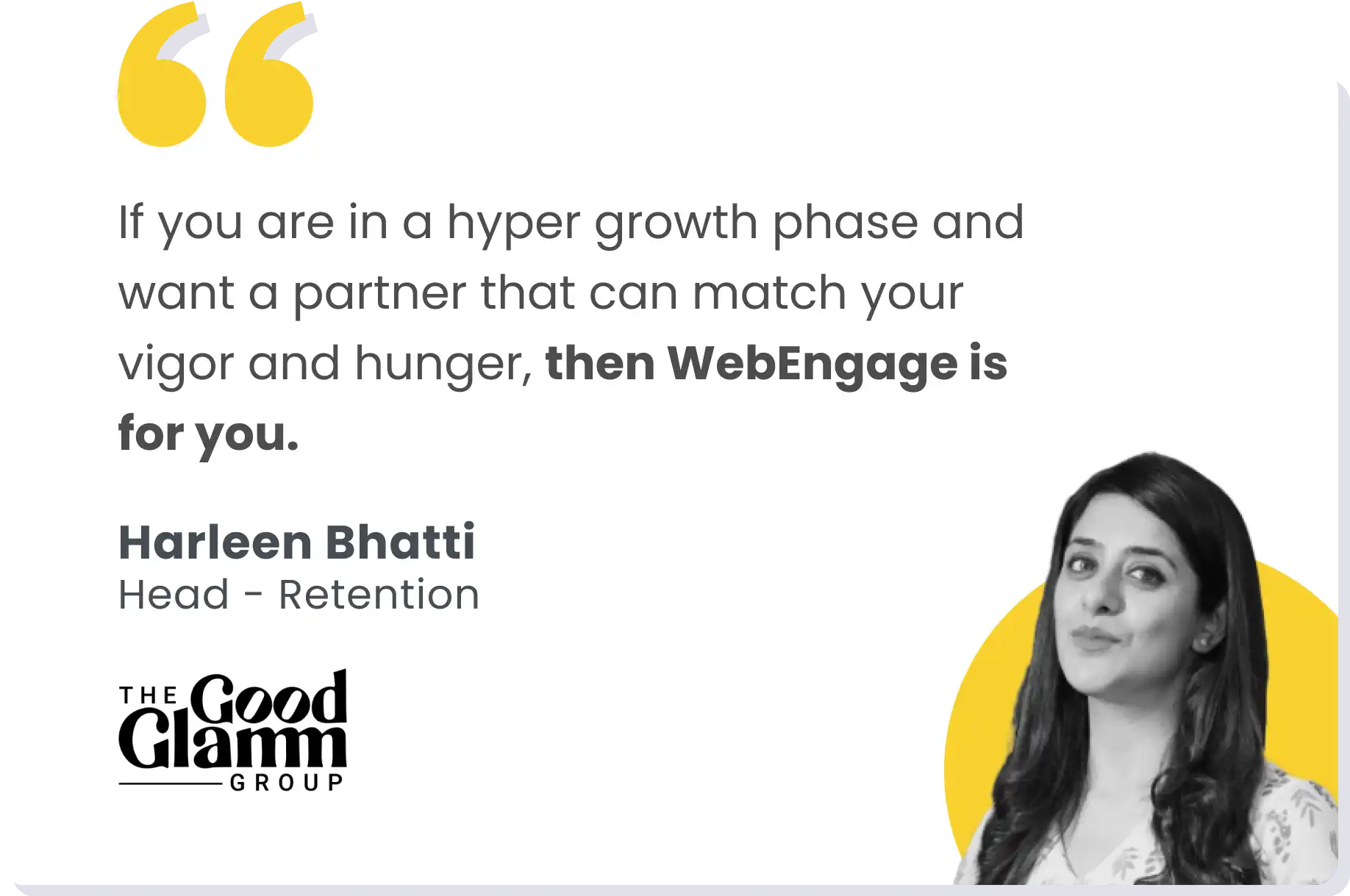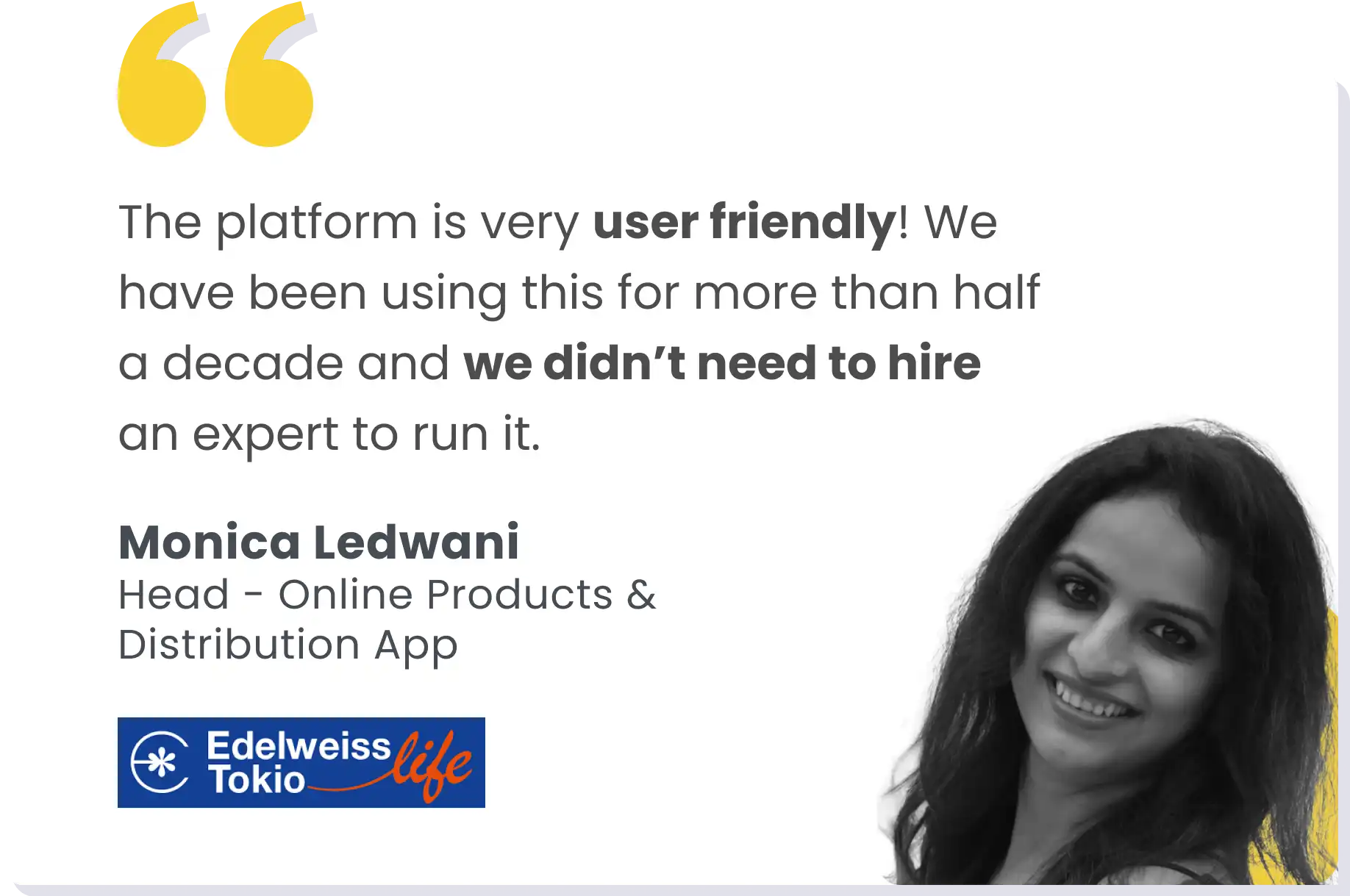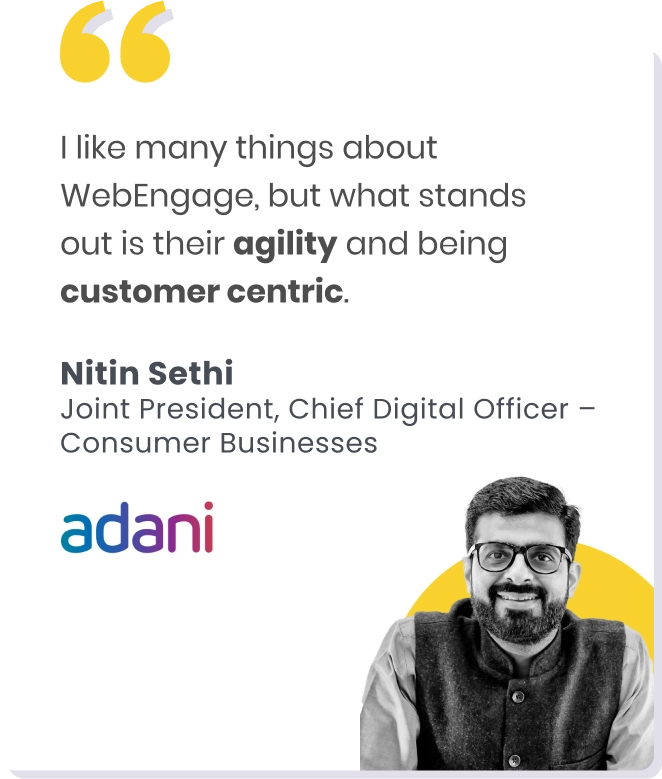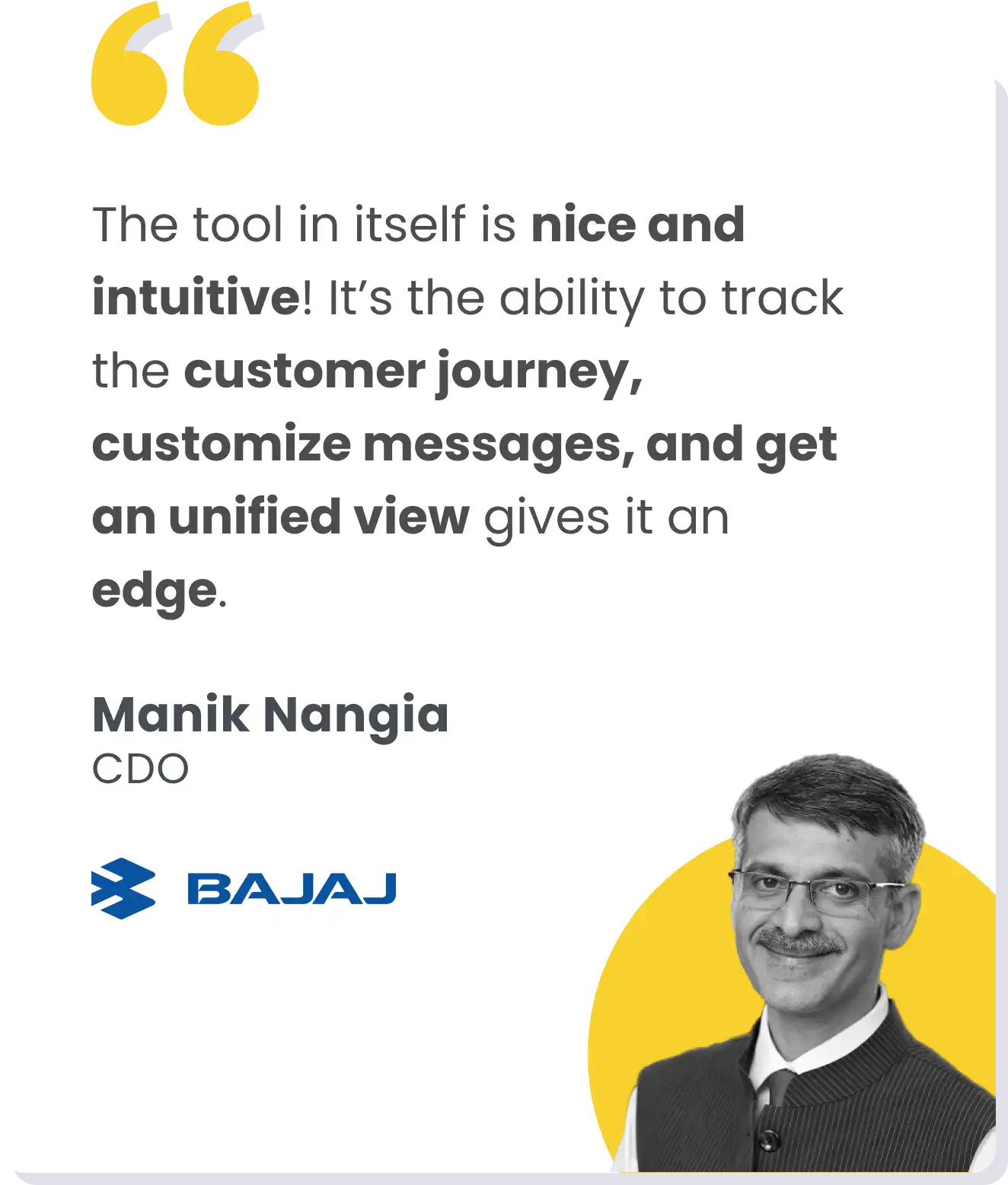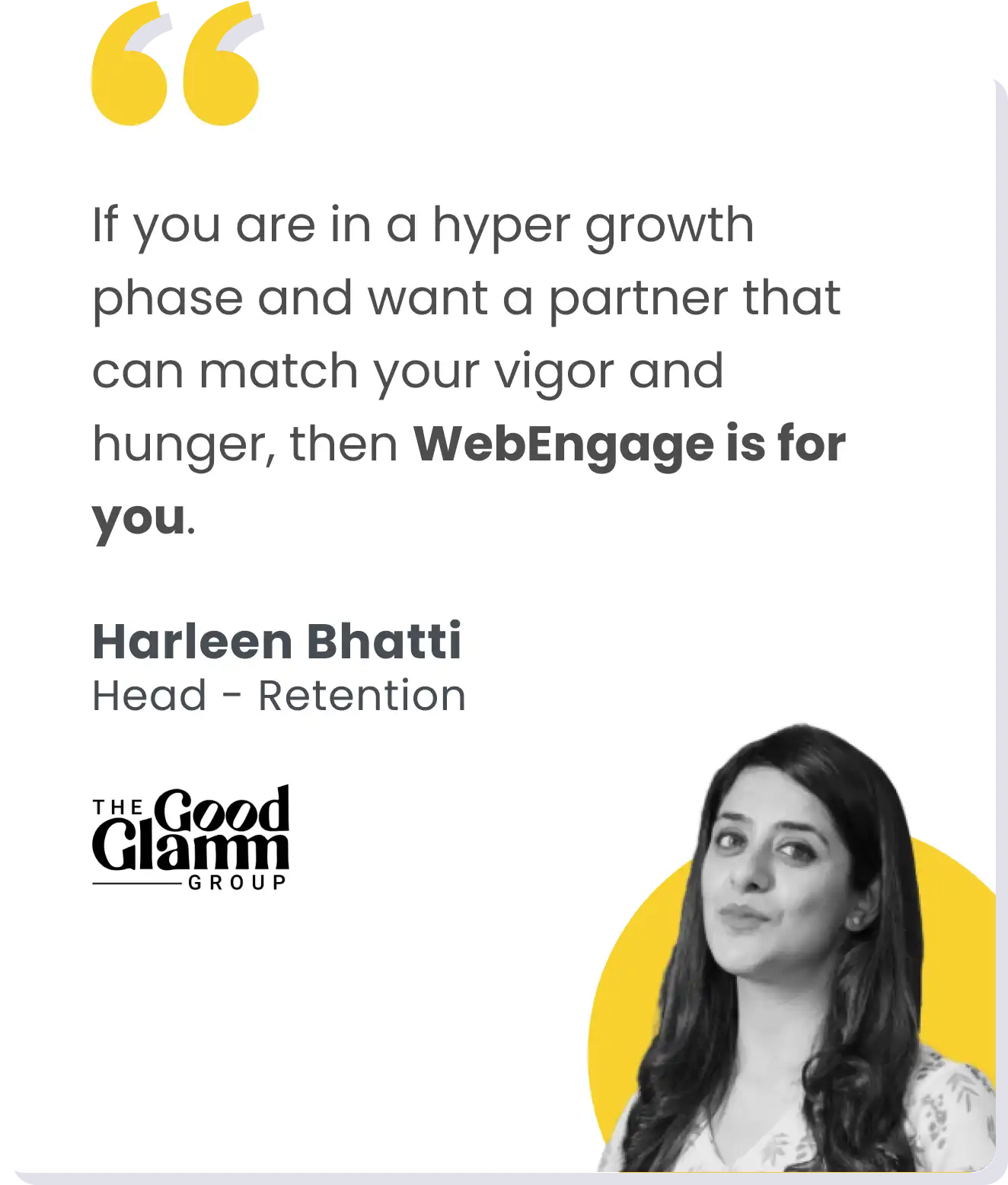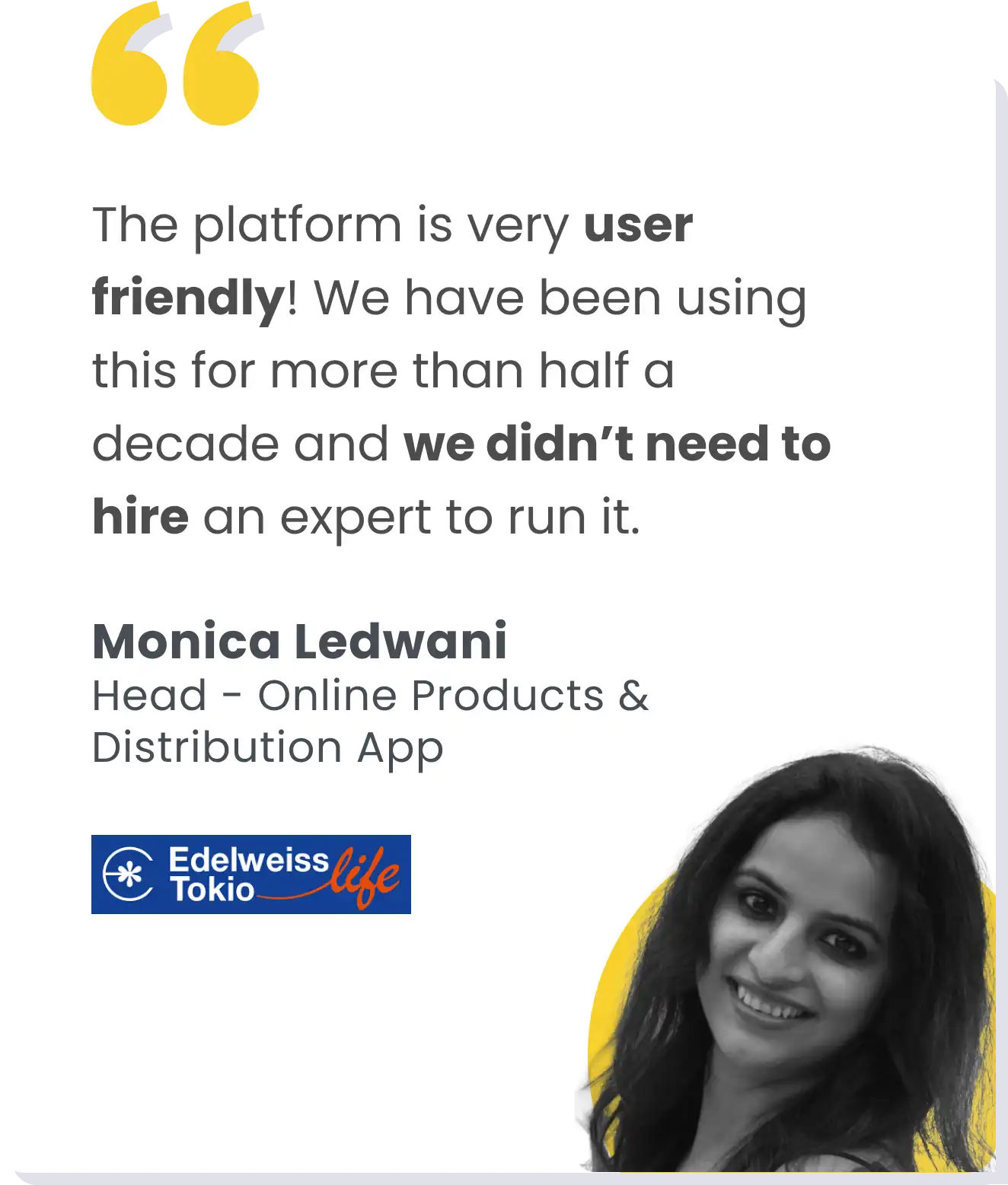“We have 50 PMs, 23 designers, and 400 engineers. All of this goes into making that app work.”
How did Ankit Rastogi, Chief Product Officer at Angel Broking, leverage his background in travel e-commerce to enable the transformation of a traditional stockbroking company into a fintech market leader?
Did his experience witnessing and engaging with customers during India’s first foray into mobile-only commerce help?
From strategic product verticals and horizontals that have revolutionized customer experiences…
B2C equities to cutting-edge MarTech, enabling Angel One to reshape its product landscape…
as shared by our guest on the podcast, spans teams and seniority levels, offering valuable insights into customer retention and growth.
On our podcast, we spoke to Ankit about Angel Broking’s journey in embracing digital transformation, and here’s what he shared.
Angel One’s Nexus: Talent, Customers, and Digital Shifts | Ep 25
About Angel Broking
Now rebranded as Angel One, Angel Broking is one of India’s leading retail stockbroking firms.
Established 25 years ago, the company has regularly adapted to the tricky and changing financial landscape so that millions of investors continue to trust it.
The rebranding and shift to a tech-driven company came from wanting to deliver engaging and superior user experiences in an industry usually perceived as complex and filled with jargon.
The firm transitioned into a comprehensive fintech platform by integrating advanced technology with a tight focus on the customer.
Ankit’s Move from the World of Travel to Broking
After being a techie with a gold medal in computer science, Ankit chose to pursue entrepreneurship instead of an MBA.
Travel e-commerce was a different beast when there was no 4G, no Jio, and no mobiles.
Ankit explains, “We had an episode of going mobile-only. With those nuances, assisted sales were key, and trust in internet marketplaces was very difficult. These were the very early stages.”
Not only did he witness India’s gradual but eventually successful move to digital shopping and online payments, but he also had to find and enable product improvements to ensure the brand remained customer-centric.
As a result, he gained rich insights into the entire ecosystem of travel e-commerce and how seller-facing systems needed to be.
Having a diverse bunch of suppliers, for example, (tier-three, tier-four, small hotels, large hotels, and luxury hotels), all of which had their distribution challenges and brand challenges, brought in the need for a consistent user experience, pushing UGC front and center.
Ankit gives us an insight into what that entailed- “Handling post-trade issues like ensuring great honeymoon trips didn’t get ruined by mishaps was critical to ensuring customers kept coming back.”
Post-COVID, the world embraced digital e-commerce, including finance and investing. This required a shift into a tech-driven financial services firm, which Angel Broking took on via Ankit’s expertise in customer-centric strategy.
Unveiling Angel One’s Digital Revolution: Zooming In
“The company wanted a transformation from the bottom up—not just in people, but culturally and in branding, transitioning from a financial stockbroking company to a fintech.”
Under Ankit’s leadership, Angel One started integrating advanced technologies to enhance every aspect of the user experience, from onboarding to trading.
This included a comprehensive revision of the user interface and experience to create an intuitive, user-friendly platform appealing to novice and experienced investors.
This meant simplifying complex financial jargon and processes and making them more accessible to the growing segment of mobile-savvy investors the fintech industry was starting to see.
Ankit describes what this meant in the day-to-day running of the office: “We followed principles of S-T-A-R-S (Simplicity, Transparency, Availability, Reliability, and Swiftness) in everything we did. These core values guided our transformation, ensuring the app was simplified and stable as we revamped the backend and front end.”
Recognizing the shift towards mobile-first commerce, they also redesigned their mobile app to provide a seamless experience, allowing users to trade, monitor their portfolios, and access market insights on the go.
AI and ML were integrated to gain deeper insights into customer preferences so they could deliver personalized recommendations and insights. Migrating to a cloud infrastructure meant they could scale and handle increased traffic without losing out on performance quality.
To create a one-stop platform for all investment needs, Angel One started integrating various third-party services, including payment gateways, banks, and financial data providers.
Angel One’s Nexus: Talent, Customers, and Digital Shifts | Ep 25
Decoding Tech Plans: What’s Conspiring Behind the Scenes?
“Your uptimes have to be key. Your iota of errors has to be much, much less because you’re playing, as I said, with decimals there.”
One of the foundational steps in Angel One’s tech transformation was reorganizing the product team into verticals and horizontals.
In the podcast, Ankit speaks about how core equity B2C and B2B segments were verticals headed by senior product managers, which allowed for dedicated attention to each market segment.
He says, “We had a good product team, but we augmented it with a lot of new talent. The first big thing was that my entire product order is, for example, slice and dice into some verticals and some horizontals.”
While hiring, they chose to pick candidates based more on their ability and desire to solve challenging user needs, people they regard as Subject matter experts (SMEs) as Angel One had enough domain expertise to guide them through it.
Bank stock apps were routinely criticized for being poor in usability and driving customer trust.
Angel One saw an opportunity to deliver engaging, informative customer experiences across all touchpoints and to different investor personas, from die-hard traders to younger millennials.
Mastering MarTech: The CDP Connection
One of the main functions of a CDP (Customer Data Platform) is centralizing customer data from various sources on a single platform to get a unified but comprehensive view of each customer.
In this edition of our State of Retention podcast, Ankit discusses in length how Angel One’s CDP integrated data from multiple touchpoints.
He explains, “We’ve been enriching our CDP for years. We collect close to 400 metadata points per customer. This helps us understand user behavior and personalize their experience.”
This was critical for designing timely, relevant, personalized marketing messages and app interactions.
The CDP tracked user behavior on the app through search history and sector preferences and then used it to tailor notifications accordingly, helping to retain loyal users.
He shares, “We aim to personalize actions based on user data. Quick wins are possible, like deriving actionable insights from existing data. The goal is to make the CDP mature and provide personalized experiences. Large implementations can take time, but smaller, impactful actions can be taken along the way.”
Assigning various automated user experiences and improving engagement metrics like click rates, open rates, and conversion rates.
Ankit also explained how CDP could support scalability and how they tried to automate and templatize content creation by using personalization tokens.
This framework was built to be flexible and agile to keep users consistently engaged.
Integrating the India Stack consent framework within the CPD helped streamline Angel One’s processes, such as F&O activation and accessing bank statements with user consent.
Ankit states that routine experimentation, A/B testing, and continuous learning from the CPD data were critical in improving the app.
The Need for Digital Transformation to Grow Within a Regulated Space
Bridging innovation and digital transformation in a highly regulated space like financial institutions like Angel One is highly tricky.
Ankit explains how Angel One embraced compliance as its foundation by ensuring its tech initiatives were aligned with the latest regulatory conditions, helping avoid any legal complications.
This meant implementing automated compliance systems that reduced human error and employing advanced encryption and Multi-Factor Authentication (MFA) to safeguard their customer’s data.
Angel One also implemented electronic Know Your Customer (e-KYC) processes to streamline onboarding, reduce paperwork, and speed up verification.
Unlocking Superior Customer Experiences: The Power of Segmentation
One of the benefits of CDP is how it enables rich segmentation and strengthens retention.
Ankit explains in depth how Angel One tried to understand each segment’s needs and preferences and used this information to engage with users and deliver relevant, personalized content.
Additionally, he mentions that by identifying high-value segments, the team could allocate resources more efficiently.
This ensures that marketing and product efforts are both primed to prioritize the most promising customer groups, maximizing ROI.
Angel One also studies transaction data and analyzes trading frequency, investment preferences, and transaction volumes to create solid, high-intent segments.
Conclusion
Angel Broking’s journey from a traditional stockbroking company to a fintech market leader is an excellent example of prioritizing user experience, technology, and data-driven strategies.
Ankit takes us through their journey competing with digital native giants like Gro and Zerodha and their commitment to the STARS framework (keeping their platform simple, transparent, available, reliable, and speedy).
Watch the full podcast here to learn more about his transition from the travel industry to fintech and how his team structuring and comprehensive CDP strategies enabled Angel Broking to become a market leader in the fintech space.





